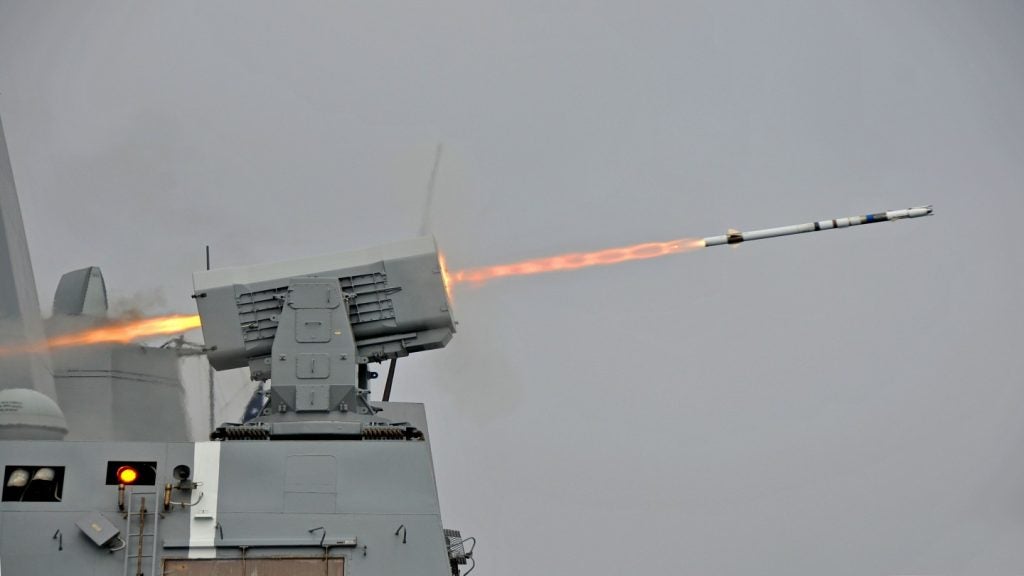The UK Royal Navy has launched a new mine countermeasures reconnaissance unmanned underwater vehicle to help tackle the threat of sea mines.
Free Buyers Guide
Leading Guide to Submarine and Submersible Suppliers for the Naval Industry
Thank you.
Go deeper with GlobalData
Your download email will arrive shortly.Please check your mail inbox to download buyer's guide
You may also be interested in:

The unmanned underwater robot, known as the Recce, is capable of remotely hunting sea mines down to 200m and is now fully integrated into naval service.
The Recce system uses an advanced system of sensors to scan the sea bed for mines for as long as 20 hours at a time, accurately detecting their exact location.
The data, along with high-resolution imagery collected during the sea scan, will be sent back to on-board operators for analysis, thereby enhancing their ability to identify the mines.
The Recce is a significant upgrade that will improve the minehunting capability of the navy’s Hunt Class mine countermeasures (MCM) vessels and the vehicle can also be deployed from any ship or even a jetty with a suitable davit.
The system can also conduct remote assessment of the marine environment including mapping the ocean floor and measuring ocean currents.
Defence Equipment and Support underwater systems programme manager Phil Jenkin said the system built on the success of the REMUS technology of smaller, shallow-water vehicles, which the navy has used in recent years.
“The new vehicle is not intended to replace existing systems but extend the navy’s remote mine hunting capability, boasting improved sonar technology, allowing it to cover larger areas of water and to dive deeper,” he said.
Free Buyers Guide
Leading Guide to Submarine and Submersible Suppliers for the Naval Industry
Thank you.
Your download email will arrive shortly.Please check your mail inbox to download buyer's guide
You may also be interested in:

By downloading this Buyers Guide, you acknowledge that GlobalData UK Limited may share your information with our partners/sponsors who may contact you directly with information on their products and services.
Visit our Privacy Policy for more information about our services, how GlobalData may use, process and share your personal data, including information on your rights in respect of your personal data and how you can unsubscribe from future marketing communications. Our services are intended for corporate subscribers and you warrant that the email address submitted is your corporate email address.







